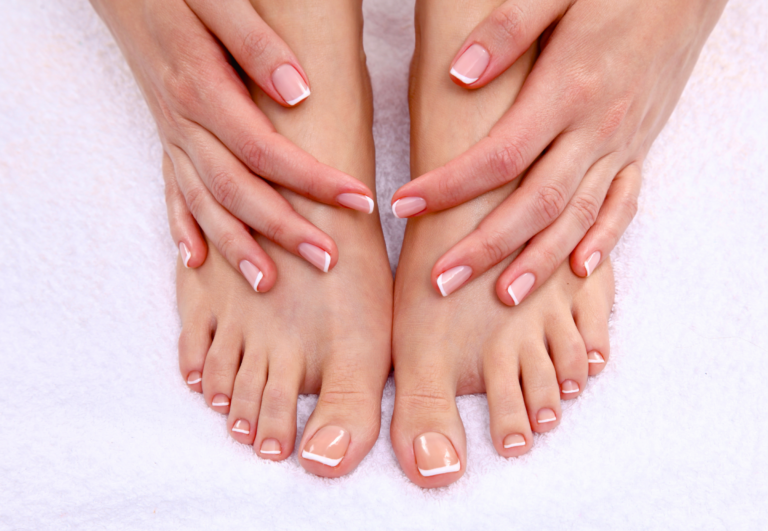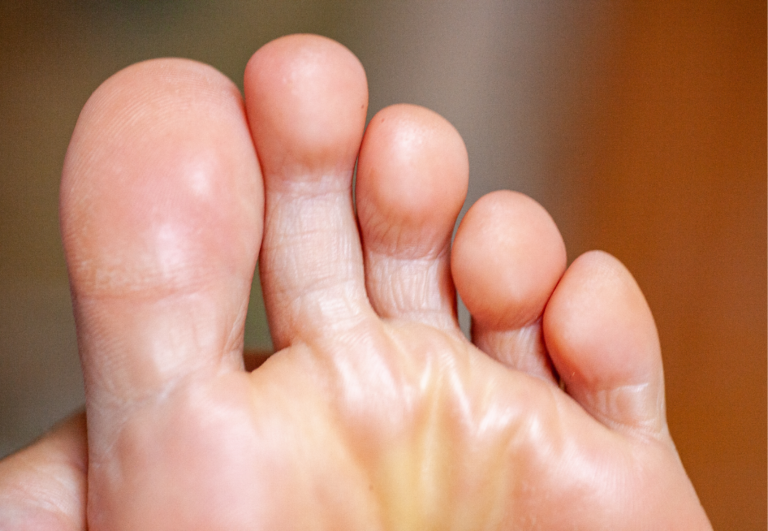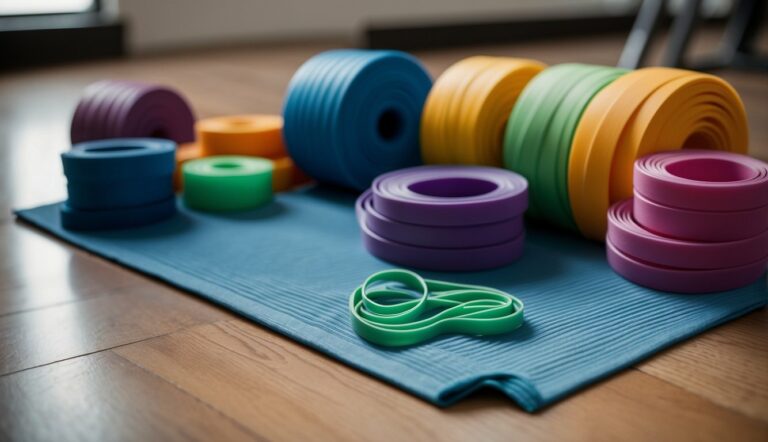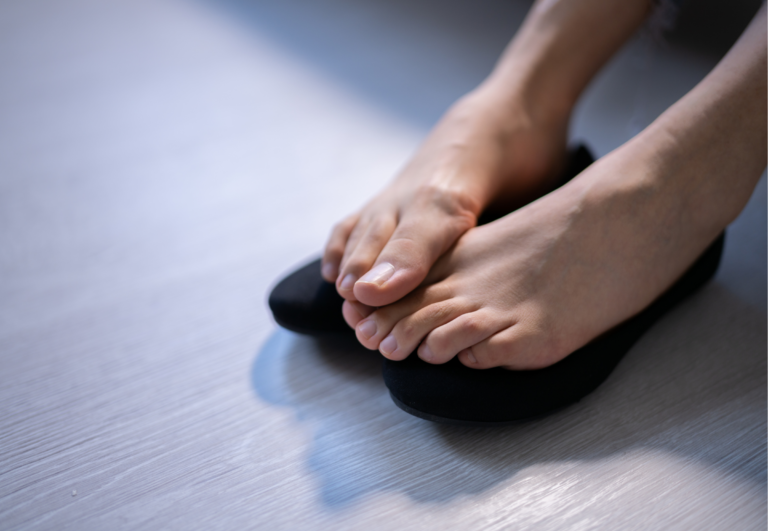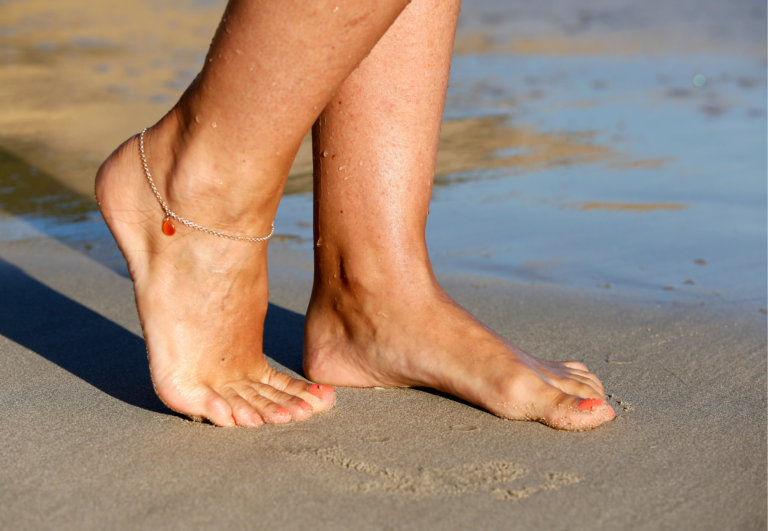Foot Stretching Devices for Athletes: Are Toe Spacers Helpful?
As an individual with extensive knowledge about toe spacers and their use for athletes, I’ve found that integrating stretching devices into daily training can offer profound benefits. These tools are specifically designed to enhance muscle elasticity and flexibility, which are critical for athletic performance. Adopting a routine that includes the use of stretching machines can lead to improvements in range of motion, providing the necessary edge for various sports activities.
Athletes across disciplines are recognizing the perks of using devices like leg stretchers and full-body stretching machines. These machines can help target major muscle groups such as the hamstrings, quadriceps, calves, and back, aiming to reduce muscle pain and risk of injuries. I always recommend selecting a device that aligns with your specific sport and physical needs to ensure the most beneficial stretching experience.
Can Toe Spacers Help Athletes with Foot Stretching?
For athletes, foot stretching devices, including toe spacers, can indeed be helpful.
Here’s how they may benefit athletic performance and foot health:
- Improved Toe Alignment: Toe spacers can help correct and maintain natural toe alignment, which is important for athletes who rely on their feet for stability and balance during their activities.
- Enhanced Foot Mechanics: Proper toe spacing can lead to better foot mechanics, which may improve athletic performance by allowing for more efficient energy transfer and stability during movement.
- Injury Prevention: By promoting proper alignment, toe spacers may reduce the risk of injuries associated with overuse and improper foot positioning, such as plantar fasciitis or stress fractures.
- Recovery Aid: Athletes recovering from foot-related injuries may find toe spacers useful in the rehabilitation process to maintain toe alignment and prevent compensatory issues.
- Increased Proprioception: With toes spread to a more natural position, athletes might experience improved proprioception, which can enhance agility and coordination.
While toe spacers can be beneficial for athletes, it’s important to integrate them into a training regimen under the guidance of a sports medicine professional or a coach who can provide personalized advice based on the athlete’s specific needs and the demands of their sport.
Common Types of Stretching Devices
In my experience with toe spacers and stretching equipment, I’ve found that using the right device can enhance an athlete’s performance by promoting flexibility and aiding in recovery. Here’s a rundown of some essential stretching devices.
Foam Rollers
Foam rollers are key tools for self-myofascial release, which is a technique athletes use to release muscle tightness. For example, a high-density foam roller can provide a deep tissue massage, improving blood flow and reducing muscle tension.
Slant Boards
A slant board is designed to stretch the lower leg muscles and tendons, particularly beneficial for athletes focusing on the calf muscles and Achilles tendon. The simplistic design of the slant board allows for varied angles, which can be adjusted based on the athlete’s flexibility level.
Resistance Bands
Resistance bands offer a versatile way to stretch and strengthen muscles. These bands come in different levels of tension, enabling an athlete to progressively increase the intensity of their stretches as they become more flexible.
Stretch Out Straps
Stretch out straps allow for more controlled stretching experiences. With loops that athletes can place their hands or feet through, these straps help in extending muscles to their full length, promoting better range of motion and flexibility.

Benefits of Stretching for Athletes
Through my experience with toe spacers and understanding the importance of foot health, I’ve seen that stretching plays an essential role for any athlete. Consistent stretching routines can enhance flexibility, which is key. This kind of mobility in the joints and elasticity in the muscles allows for a wider range of motion during athletic activities.
- Flexibility: Aiding muscle groups in maintaining a natural length and not becoming too tight.
- Injury Prevention: Tight muscles can lead to imbalances and, subsequently, injuries. Stretching can help mitigate this risk.
In terms of recovery, a good stretch post-workout assists in alleviating muscle tension and promoting circulation. This can lead to faster muscle repair and less fatigue. Athletes who prioritize stretching often report a quicker return to peak performance levels.
- Recovery: Encourages circulation, assisting in muscle repair and reducing fatigue.
- Posture and Muscle Balance: Regular stretching helps in correcting posture and ensures that muscles work in harmony.
Integrating a stretching routine into an athlete’s regimen is not just about preventing injury; it creates a foundation that supports increased muscle flexibility and joint mobility. Both components are crucial for high-level performance. By stretching, athletes can enjoy improved posture, which translates to better form and technique in their sport.
- Enhanced Performance: When muscles and joints operate at full capacity, an athlete’s overall performance can improve.
A well-rounded stretching routine keeps the focus on all these benefits, helping athletes stay in top shape. It’s not just about the immediate gains, but maintaining a high level of athletic performance over time.
Targeting Muscle Groups
In my experience as a toe spacer expert, I’ve noticed that stretching devices specifically designed for various muscle groups can significantly enhance an athlete’s flexibility and help prevent injuries.
Lower Body Stretching Devices
Lower body stretching devices are pivotal in addressing muscle groups such as the calves, hamstrings, quadriceps, and hip flexors. A common ailment like tight calves, which can lead to plantar fasciitis, is often mitigated through calf stretching tools that allow for deep muscle engagement.
- Hamstring Stretchers: Typically have adjustable resistance to safely increase the range of motion.
- Calf Stretch Blocks: Designed to deepen the stretch along the calf and Achilles tendon.
- Quad and Hip Flexors Stretch Aid: Function to alleviate tension in the quads and improve hip flexibility.
| Muscle Group | Device Type | Targeted Area |
|---|---|---|
| Calves | Stretch Blocks | Calves, Achilles tendon |
| Hamstrings | Stretch Straps | Hamstrings |
| Quads | Stretch Boards | Quads, Hips |
Upper Body Stretching Devices
Upper body devices aim at the arms, chest, upper back, including the pectorals, lats, and obliques. It’s crucial to select a device that allows muscles to extend without strain.
- Arm Stretchers: Help in extending the muscles of the arms and improving overall mobility.
- Chest Expanders: Beneficial for widening the pectorals and upper back.
| Muscle Group | Device Type | Targeted Area |
|---|---|---|
| Chest | Expanders | Pectorals, Upper back |
| Lats | Pulldown Machines | Lats, Obliques |
| Arms | Resistance Bands | Biceps, Triceps |
Core and Back Stretching Aids
For the lower back and core, stretching aids are essential in preventing lower back injuries by strengthening and increasing the flexibility of these muscles. Devices like balance balls and back stretch benches support the spine and glutes, enhancing core stability.
- Back Stretch Bench: Ergonomically designed to decompress the lower back.
- Balance Balls: Offer a versatile way to engage core muscles and improve posture.
| Muscle Group | Device Type | Benefits |
|---|---|---|
| Core | Balance Balls | Enhances stability, strengthens core |
| Lower Back | Back Stretch Bench | Decompresses spine, alleviates tension |
Incorporating Devices into Stretching Routines
In my experience with stretching and athletics, devices can significantly enhance a daily stretching routine, aiding in injury prevention and recovery. They add precision and stability to both static and dynamic stretches that are vital for athletes across all sports.
Static vs Dynamic Stretching
Static stretching involves holding a stretch for an extended period, usually around 30 seconds. It’s key for improving flexibility and cooling down after exercise. Incorporating devices like strap stretchers or leg stretchers can ensure proper form and deeper stretches without risking injury.
Conversely, dynamic stretching is movement-based, involving muscles going through their full range of motion. Tools like resistance bands can add controlled resistance to these movements, improving muscle warm-up and overall agility.
- Static Stretching Devices:
- Strap Stretchers
- Leg Stretchers
- Dynamic Stretching Devices:
- Resistance Bands
Stretching for Injury Prevention
Routine stretching with devices can help mitigate the risk of sports-related injuries. By using foam rollers or massage guns after exercise, athletes can target muscle soreness and aches and pains, potentially preventing them from developing into more serious injuries. It’s crucial to use these devices correctly to avoid additional strain on the muscles or joints.
- Injury Prevention Devices:
- Foam Rollers: For releasing muscle tightness
- Massage Guns: For deep tissue stimulation
Recovery and Rehabilitation
Post-injury, the role of stretching devices becomes more nuanced. They can aid in the rehabilitation process by gently exercising the injured area and promoting blood flow without excessive strain. I’ve seen athletes use stretch bands and balance boards to slowly rebuild strength and flexibility during their recovery process. Always consult with a medical professional before starting any recovery routine with stretching devices.
- Rehabilitation Devices
- Stretch Bands: For gentle strengthening exercises
- Balance Boards: For improving coordination and balance
Employing stretching devices into an athlete’s routine can transform their exercise regime. Whether you’re aiming for peak performance at the gym, addressing muscle soreness, or hastening recovery from an injury, the habit of using these tools can provide structure. Remember, while I have substantial experience with toe spacers and stretching devices, always listen to your body and consult with a healthcare provider for individual medical advice.
Best Practices and Safety Tips
As a toe spacer expert, I understand the importance of stretching for athletes. Here are some essential tips to ensure safety and effectiveness:
Pre-Workout Preparation
- Warm-up: A light 5-minute warm-up like jogging can ready the muscles for stretching, much like loosening a rubber band.
- Comfort: Choose a comfortable surface and wear appropriate clothing for the workout to avoid any distractions and focus on the stretching routine.
Stretching Techniques
- Be gentle: Stretch to the point of tension, not pain. This helps prevent injury and aids in muscle soreness relief.
- Balance: Ensure that each muscle group, including their opposing muscles, is stretched to maintain balance and prevent imbalances.
Consistency and Habit
- Routine: Make stretching a consistent habit. This helps in maintaining joint health and functional movement, which is vital for any sports activity.
Post-Workout Care
- Cool down: After workouts, stretching can aid in reducing muscle soreness and prevent conditions like shin splints.
- Hydration: Drink water to help muscles recover and maintain elasticity of the ligaments.
Guidance and Knowledge
- Learn proper techniques: Beginners should seek guidance to learn proper stretching techniques to avoid injuries.
- Stay updated: Follow recommendations by bodies like the American College of Sports Medicine for the latest best practices.
By incorporating these practices, athletes can improve their performance, maintain balance in their muscular system, and reduce the risk of injury. Remember, listen to your body and adjust your stretching routines accordingly.
